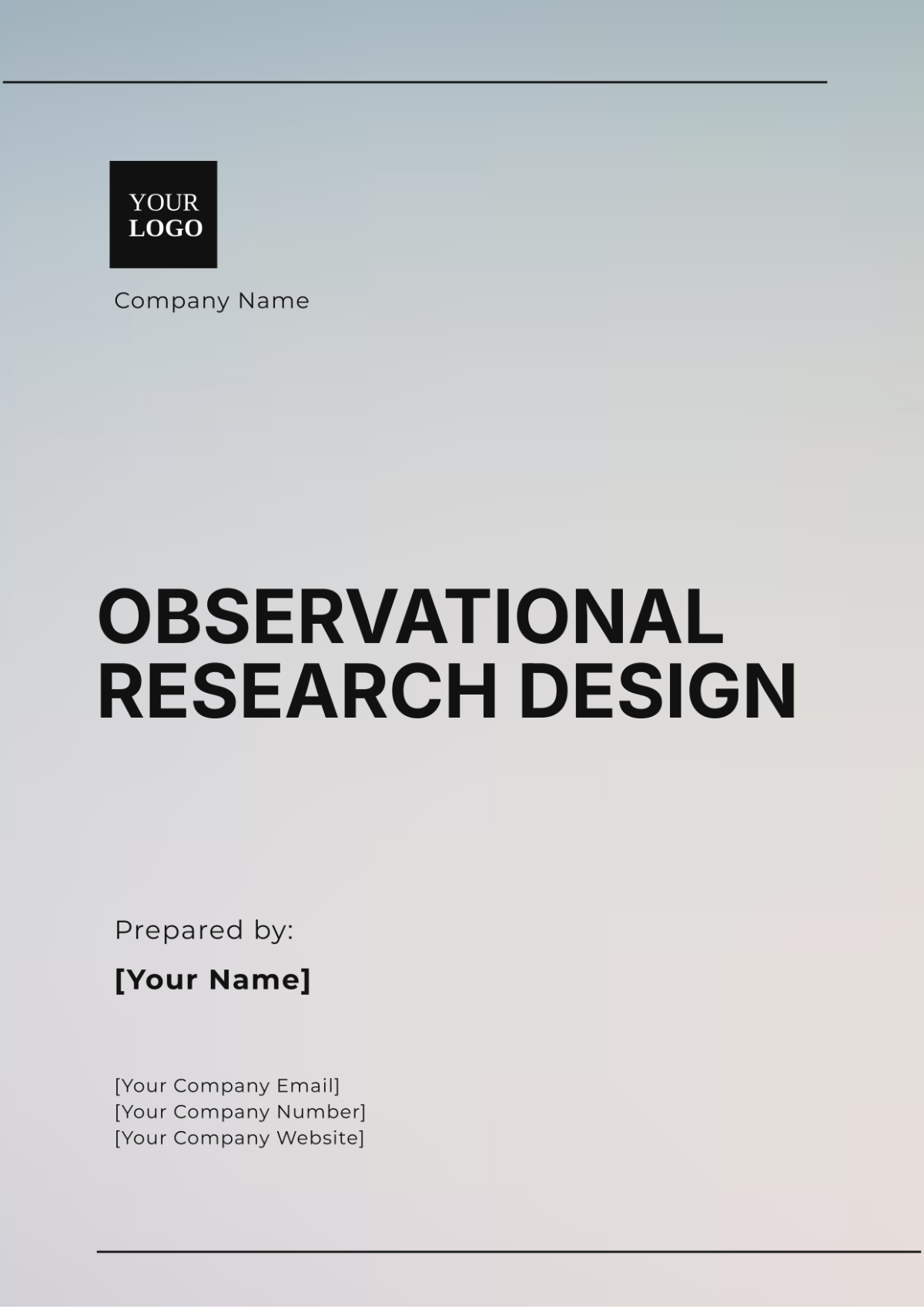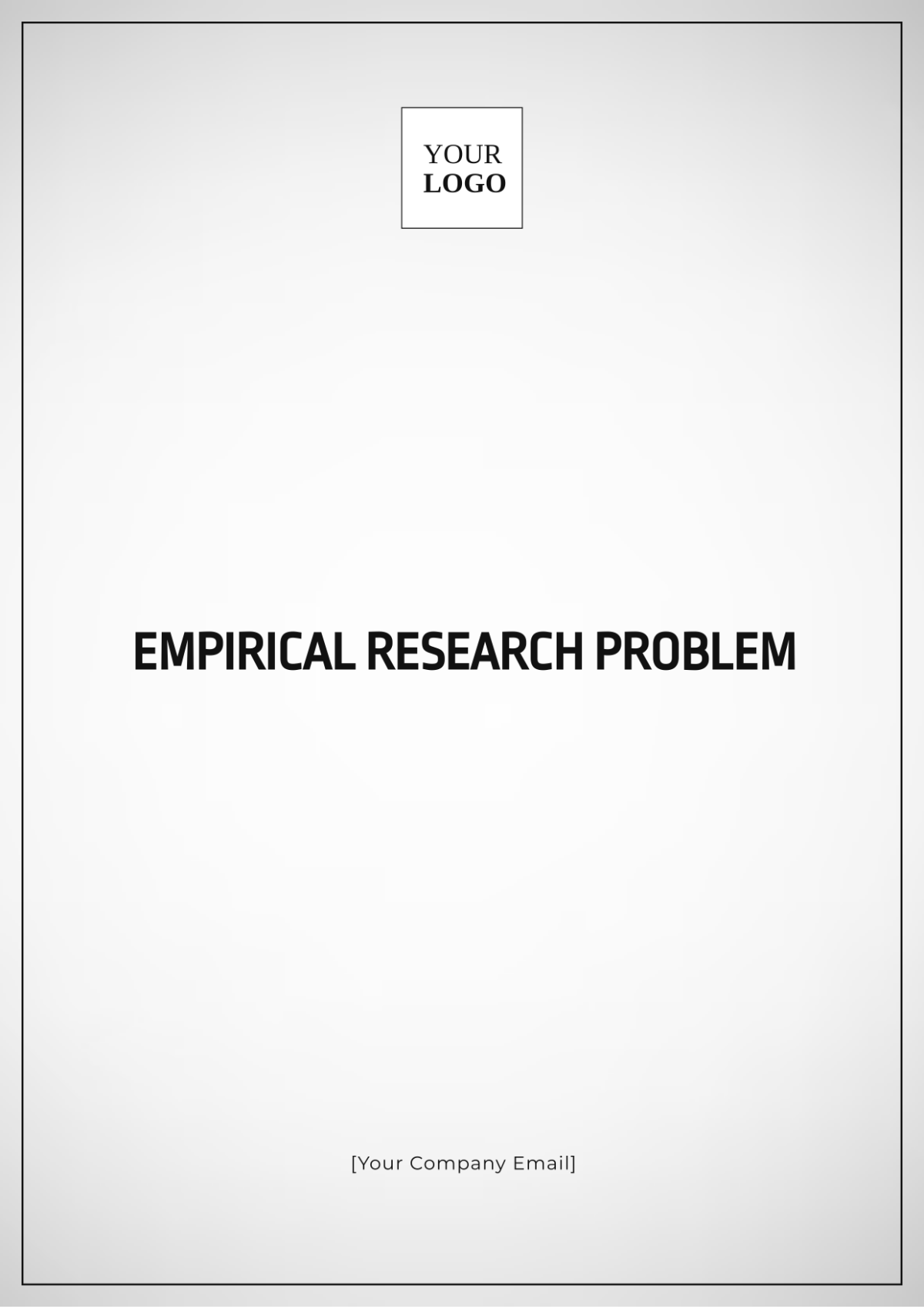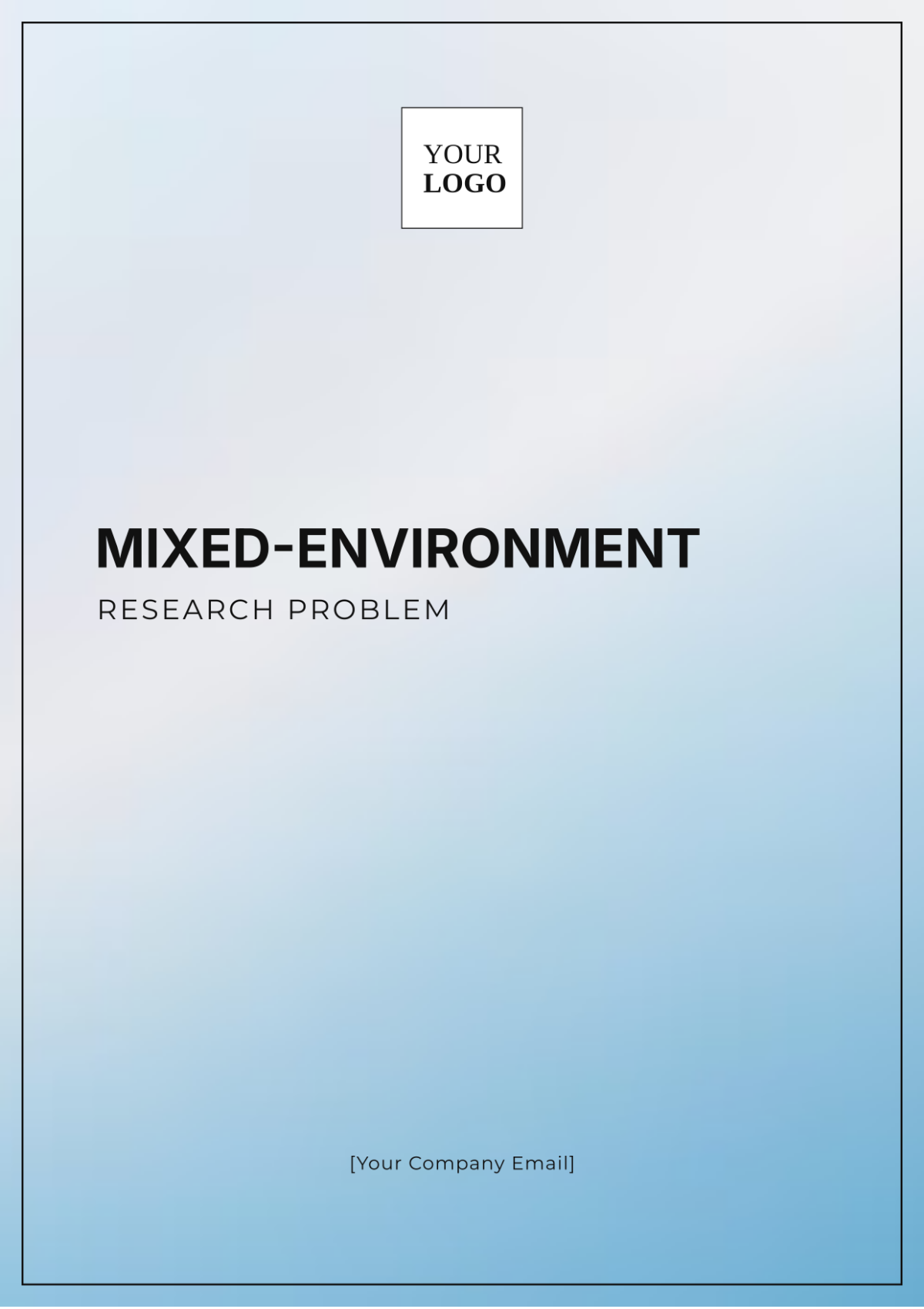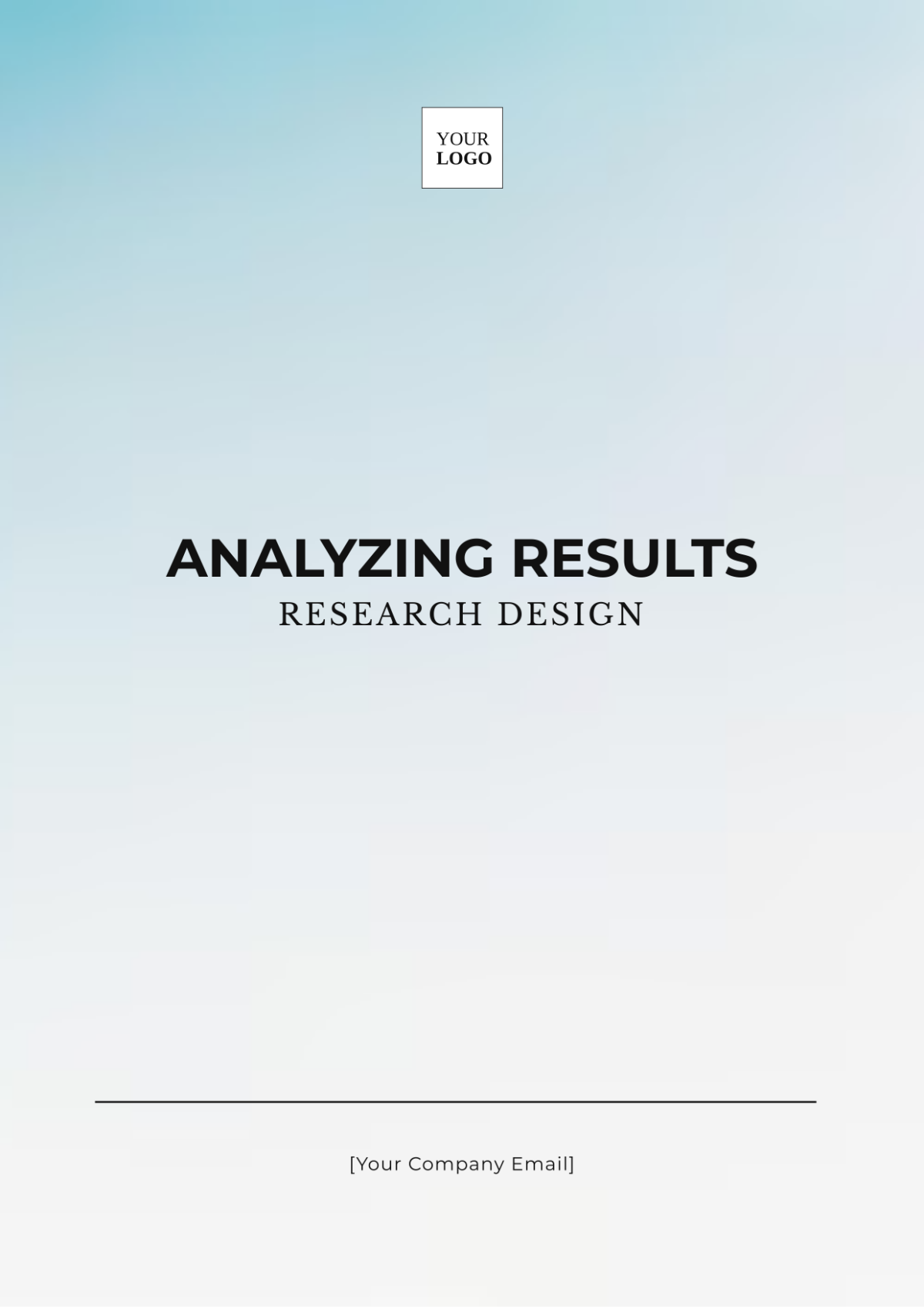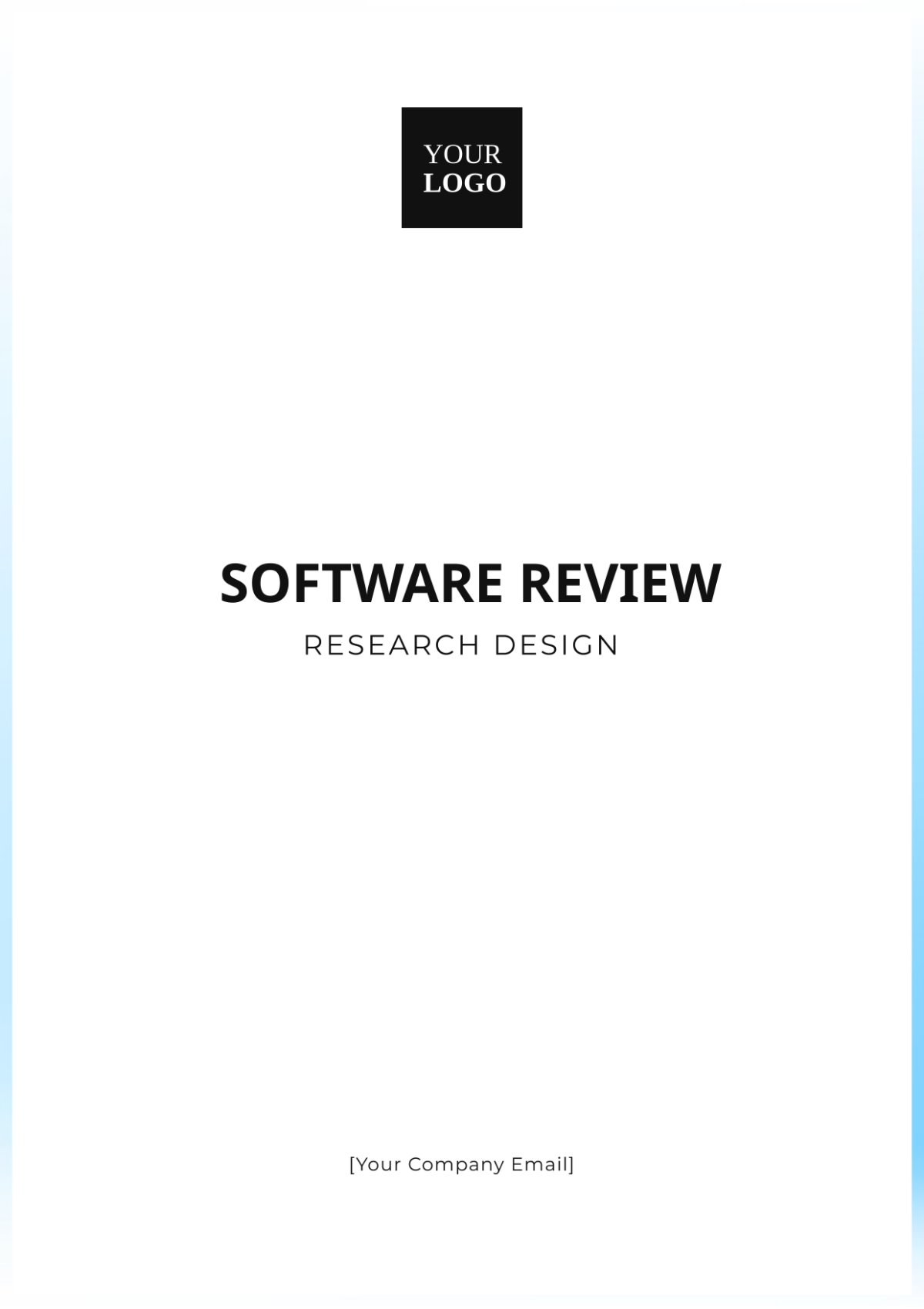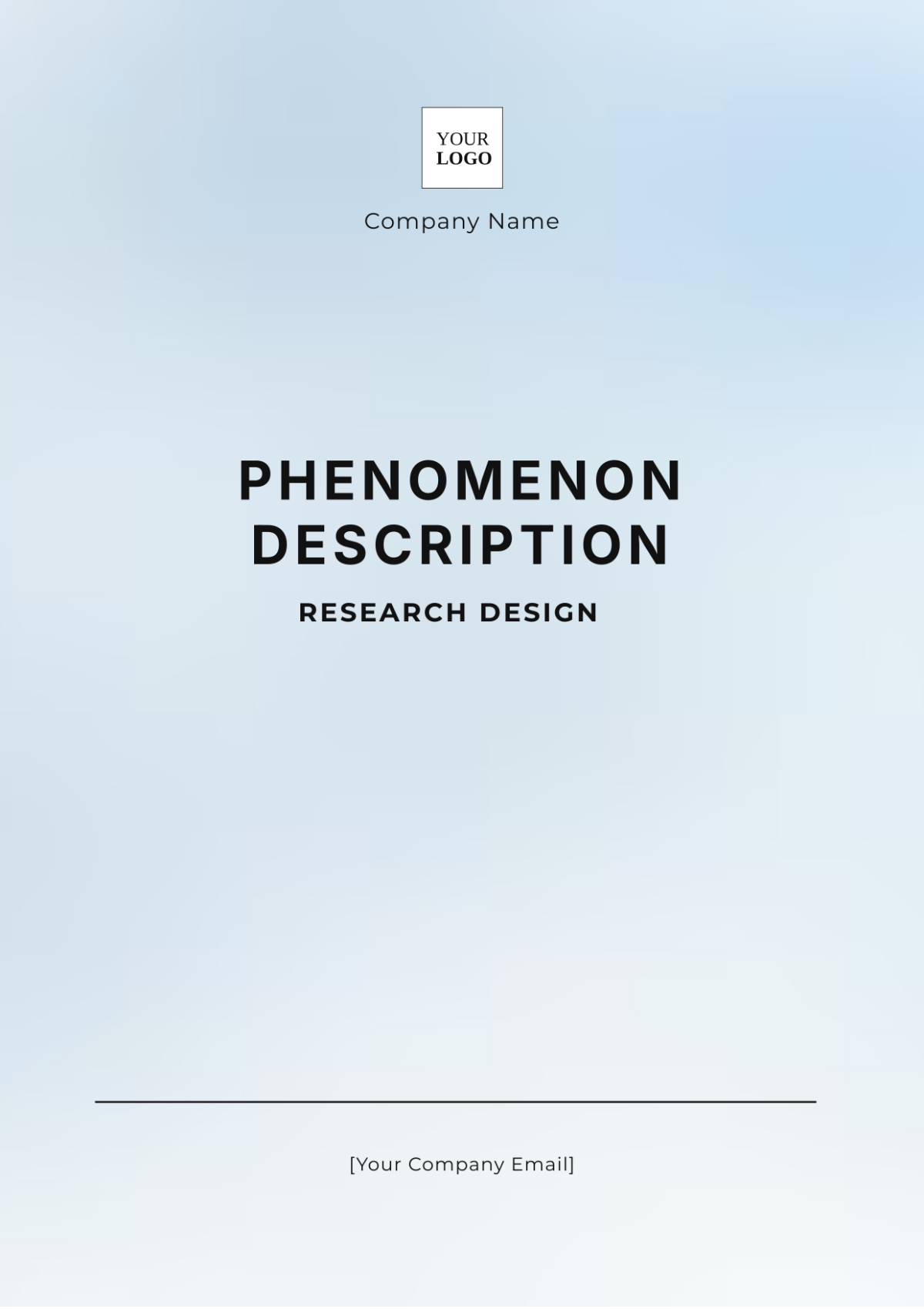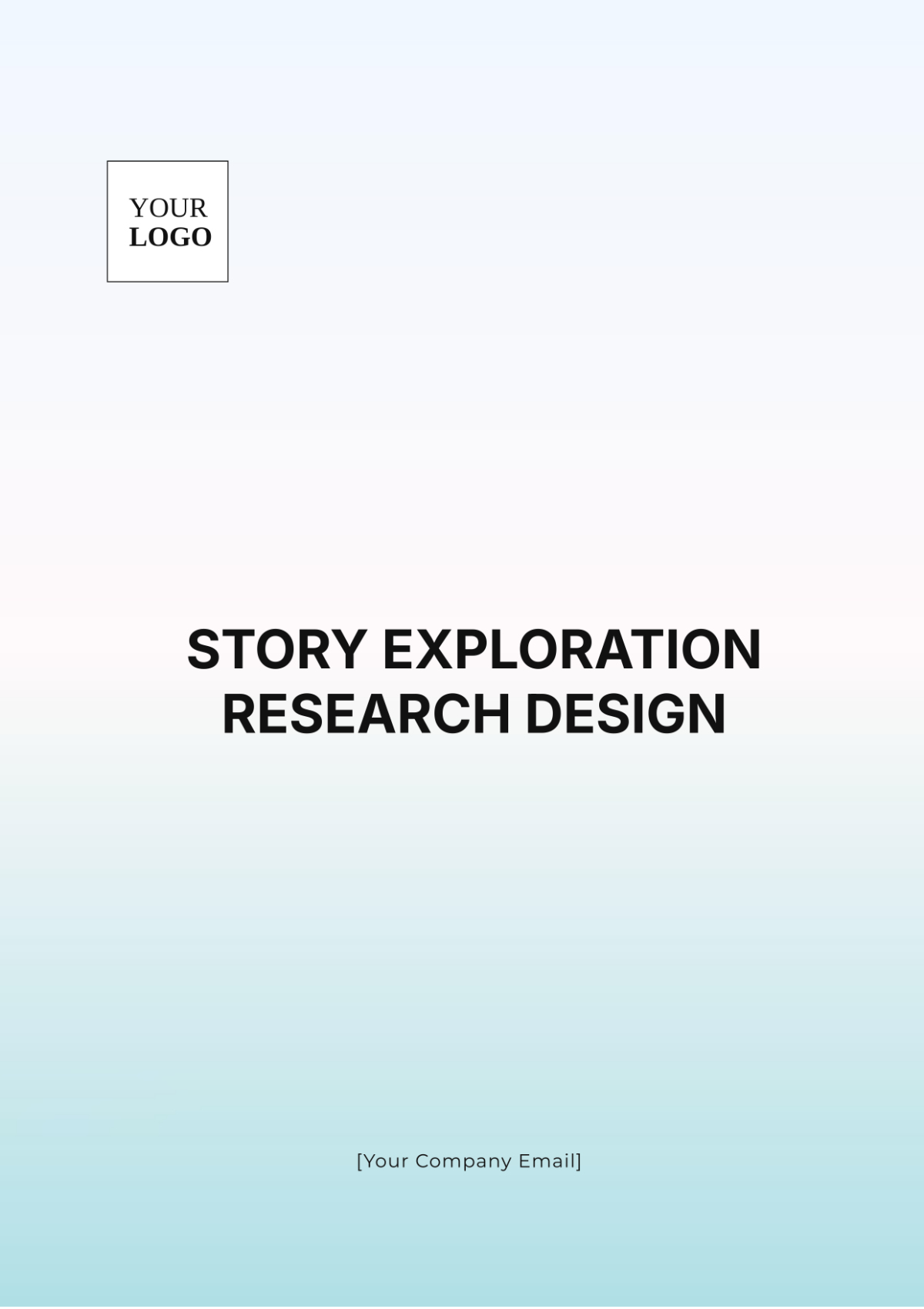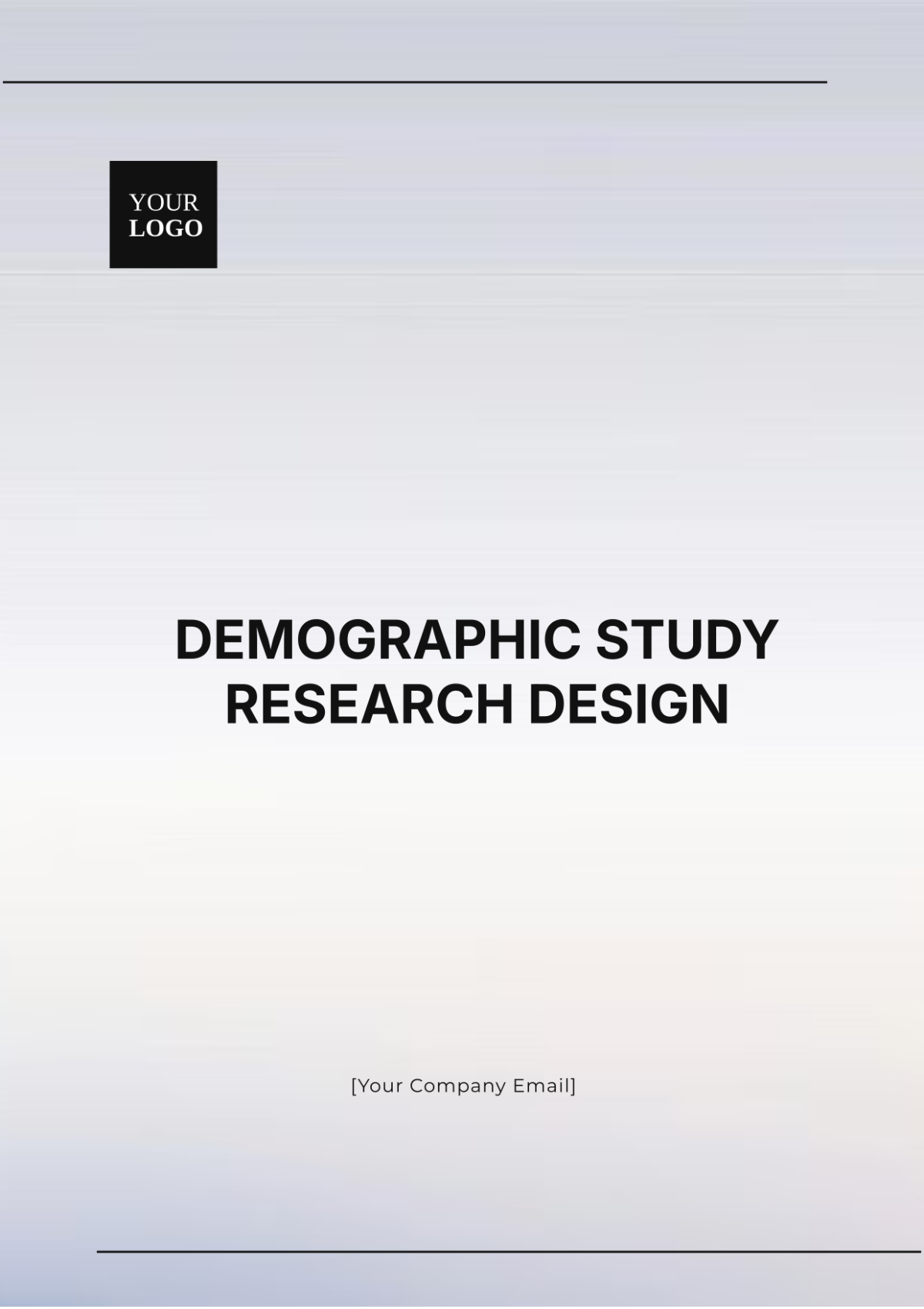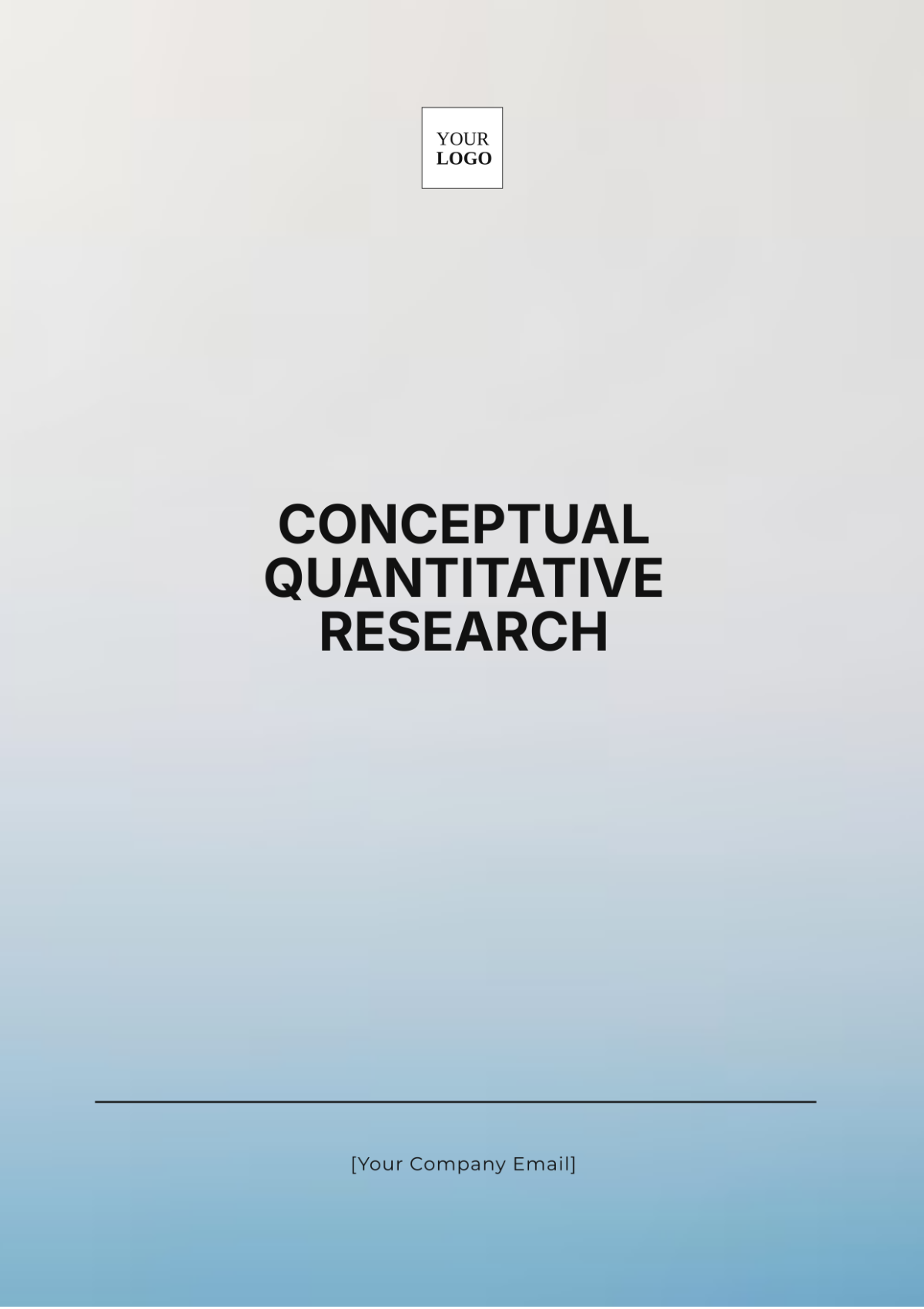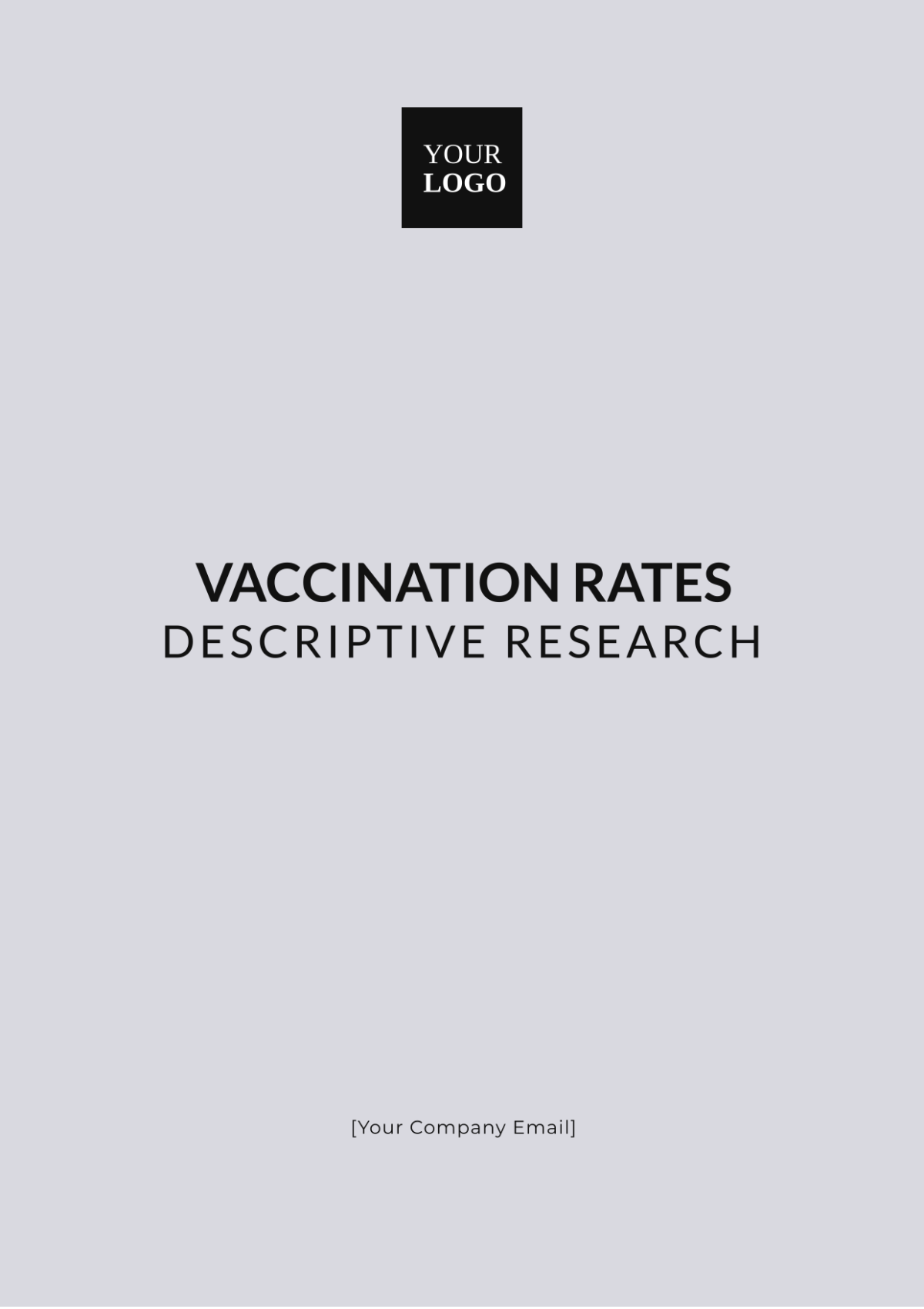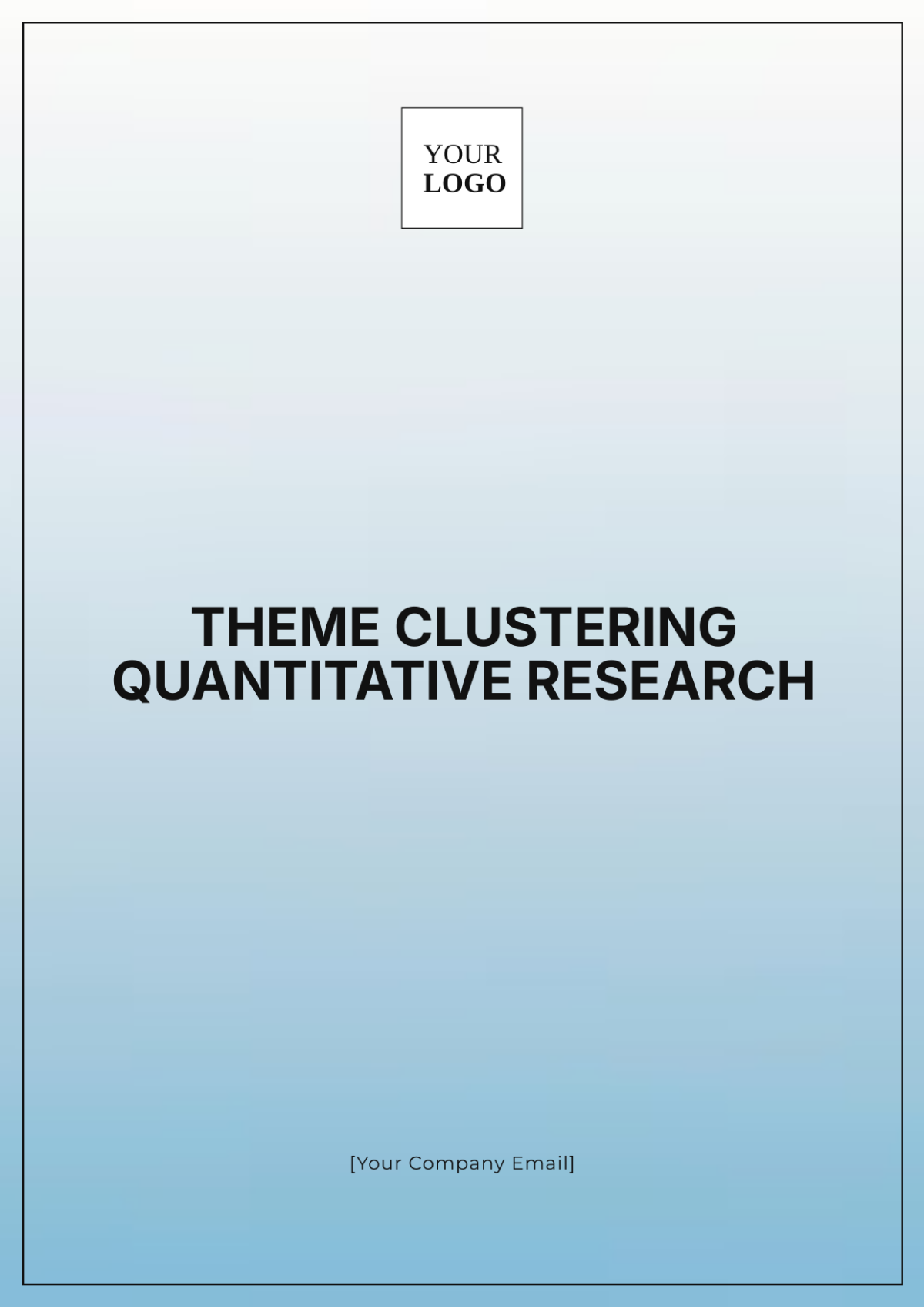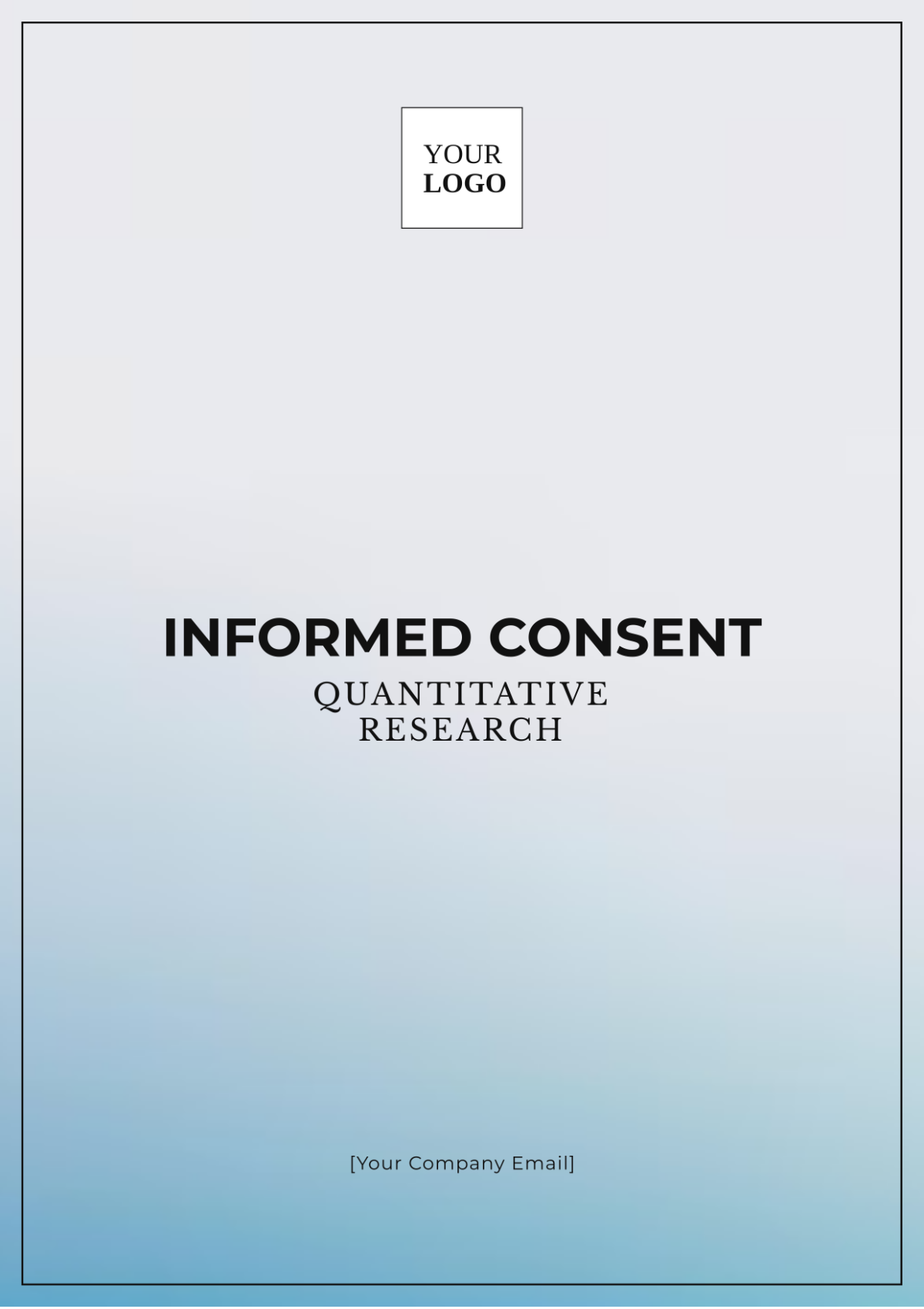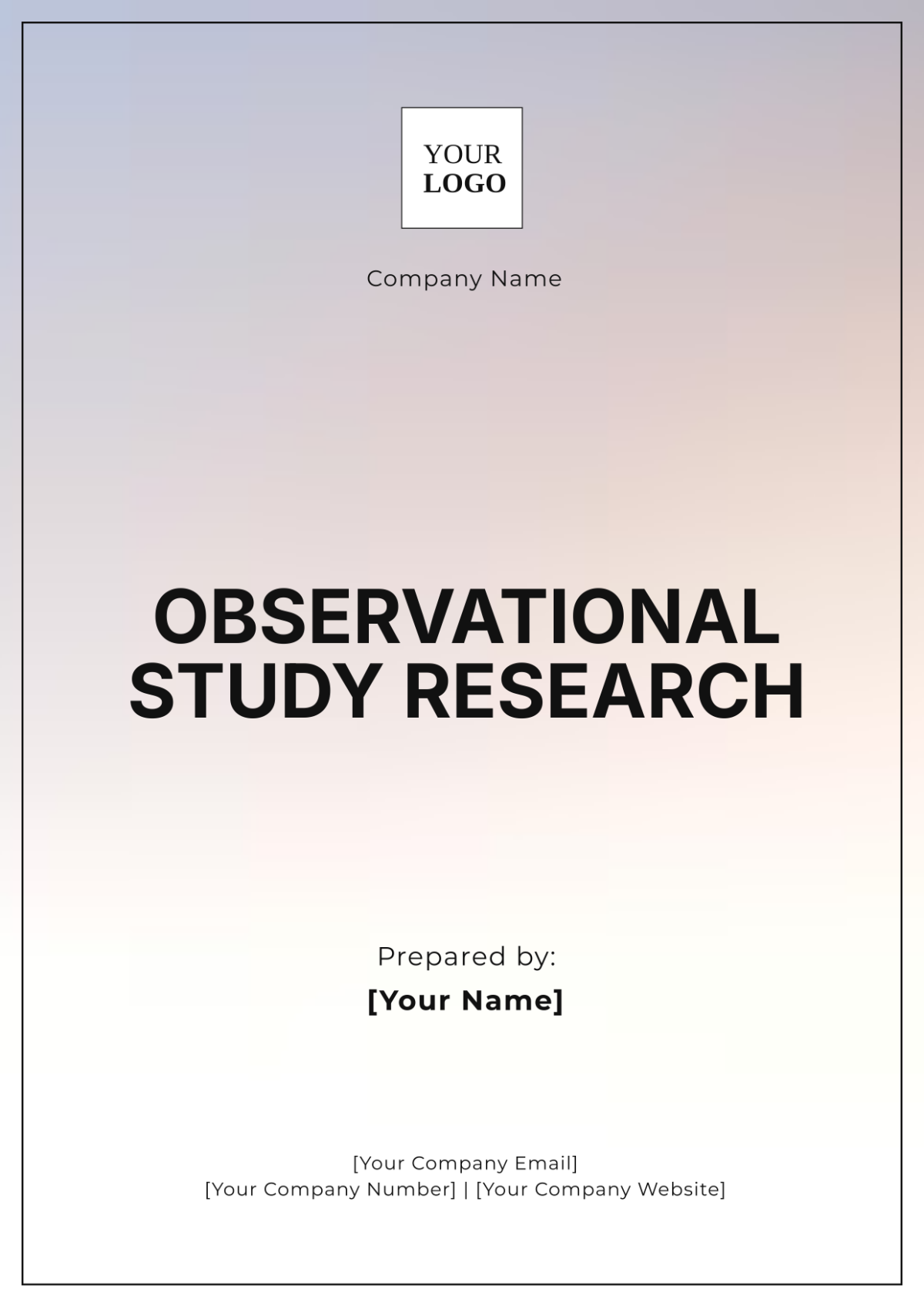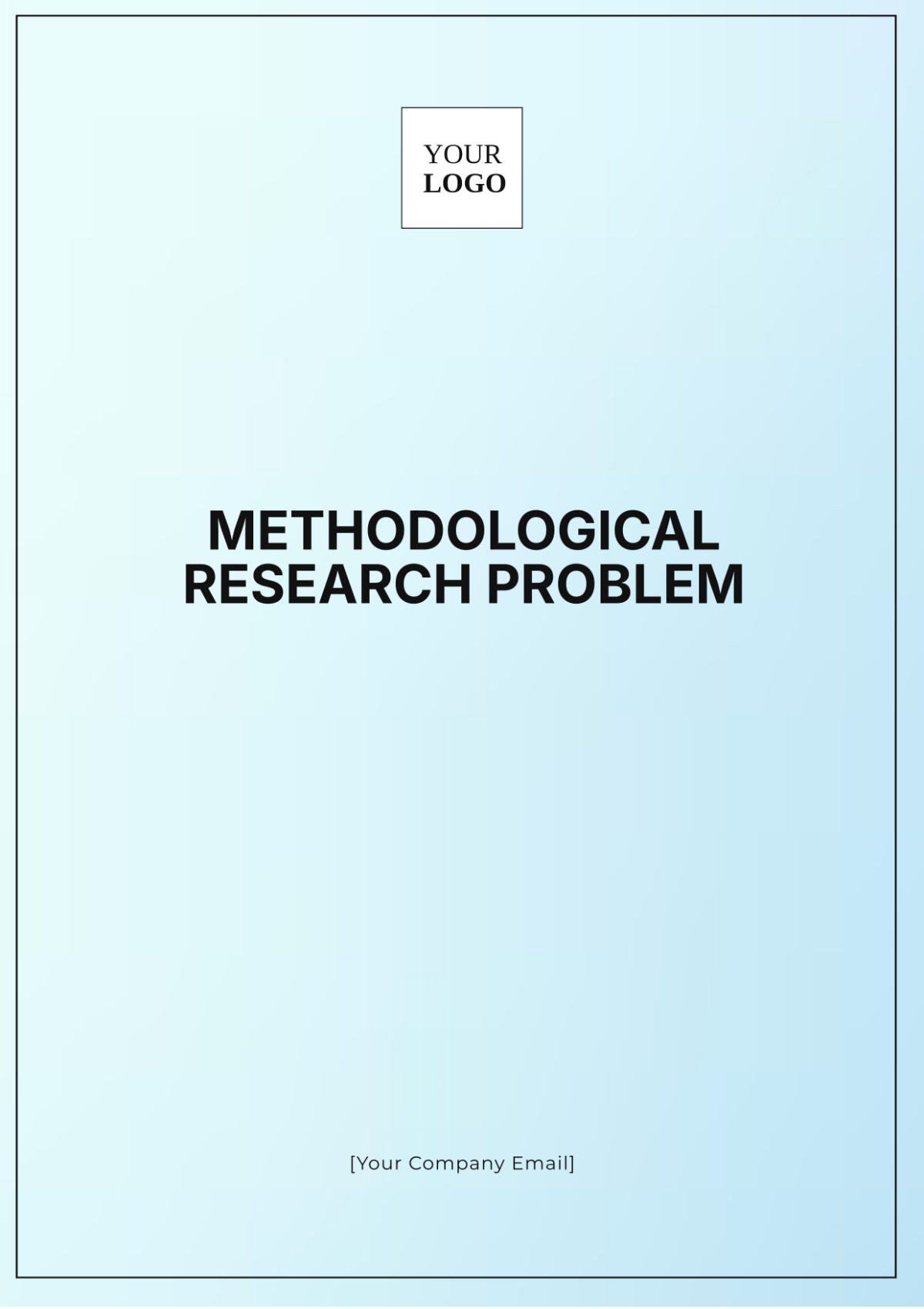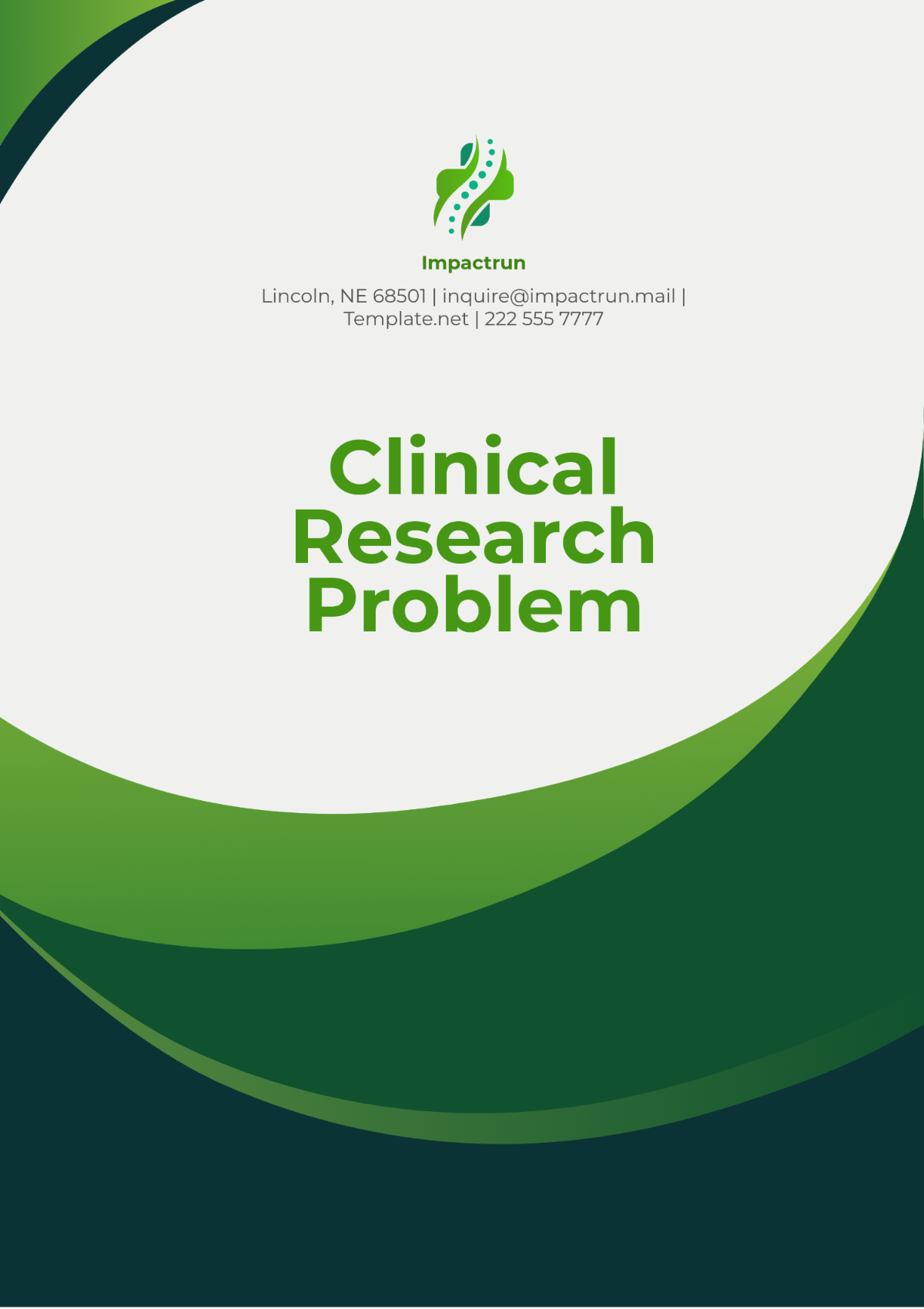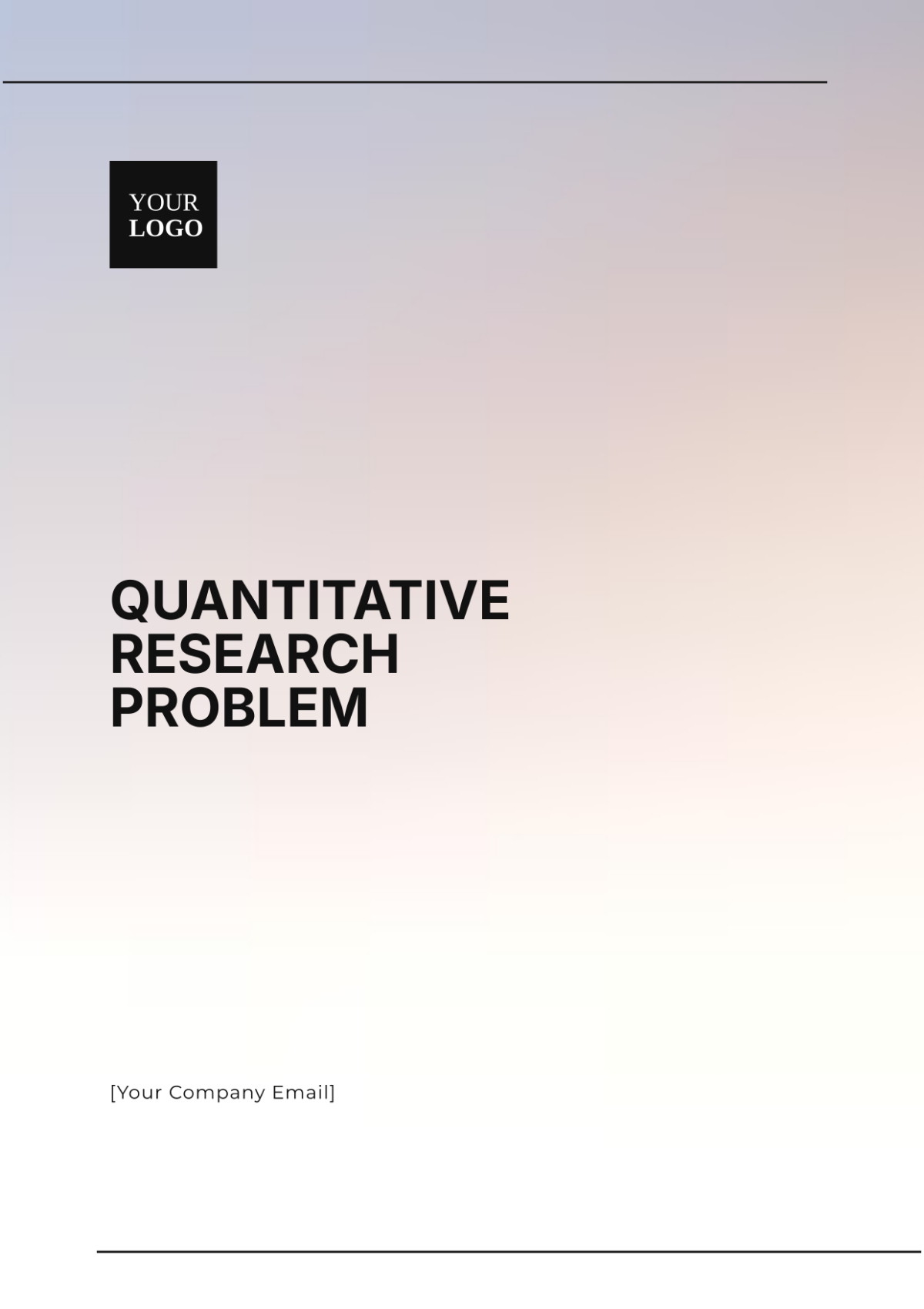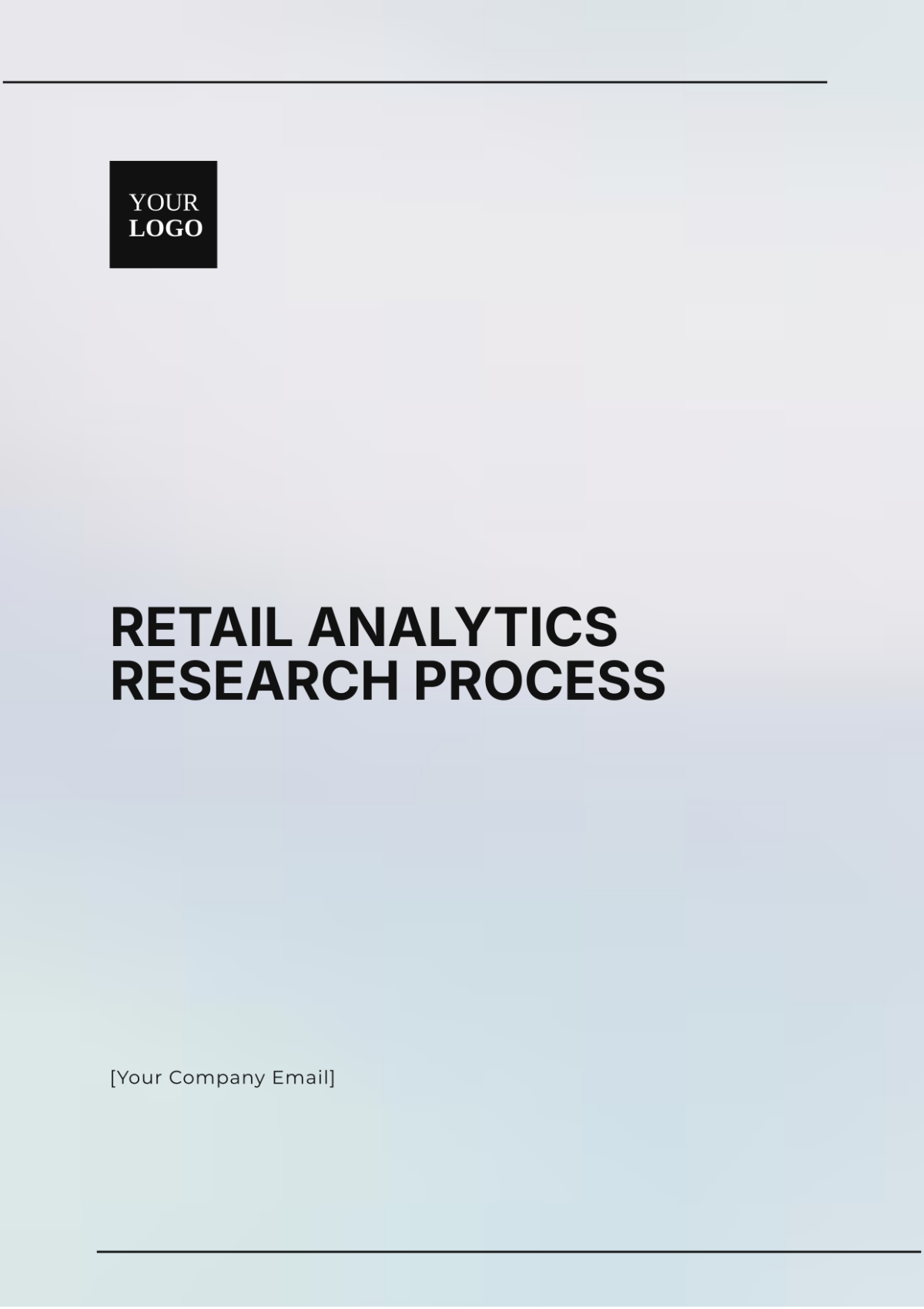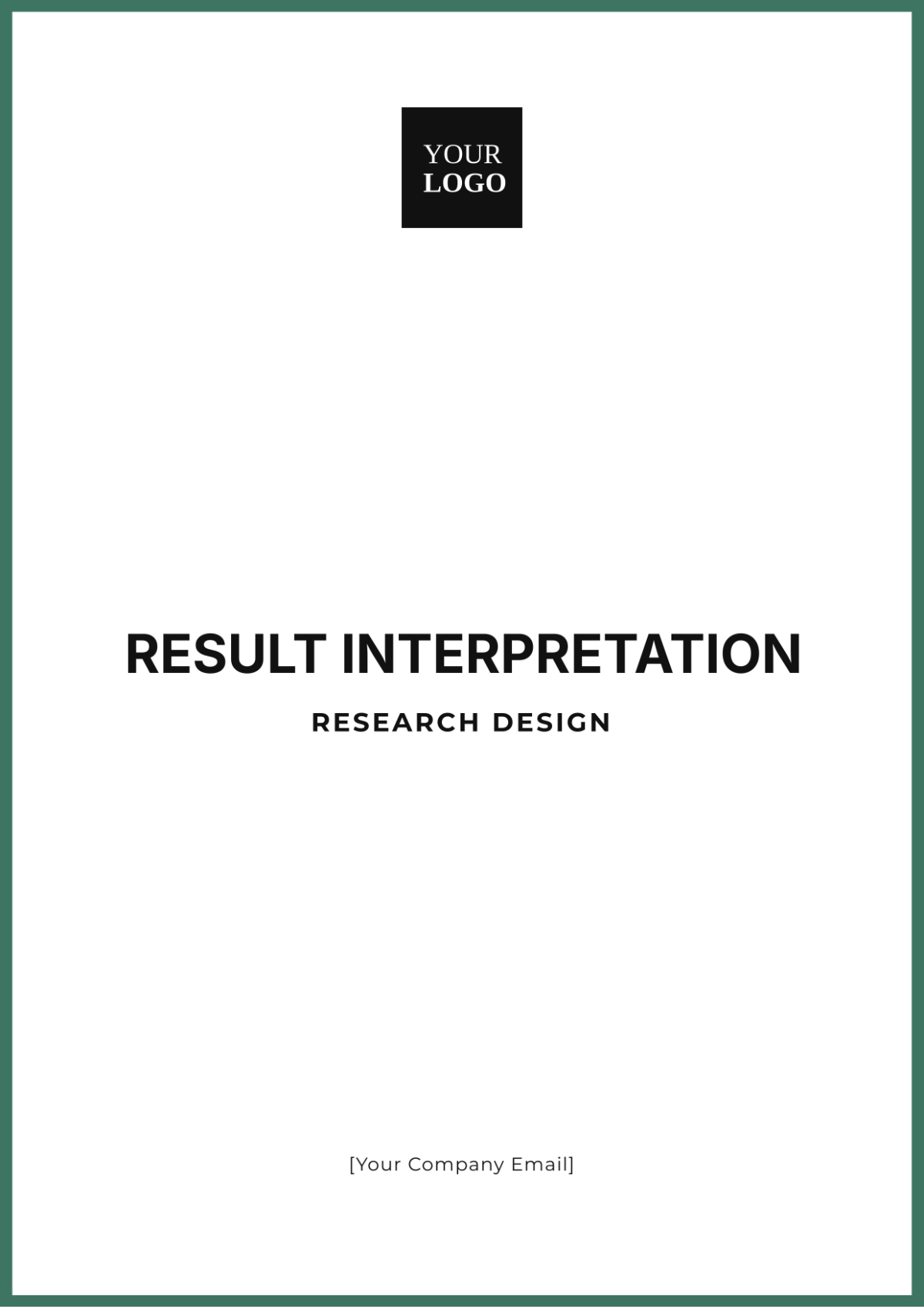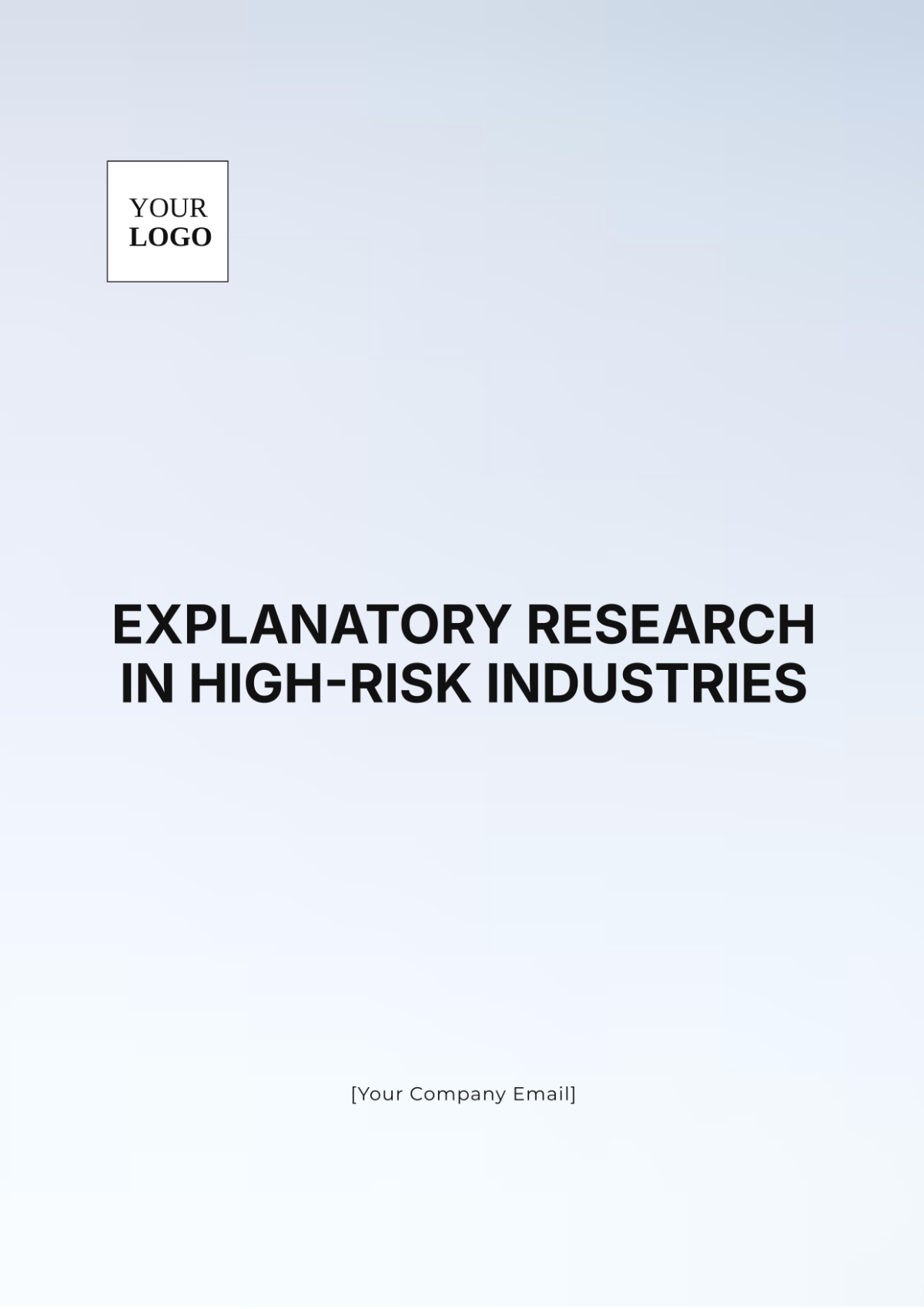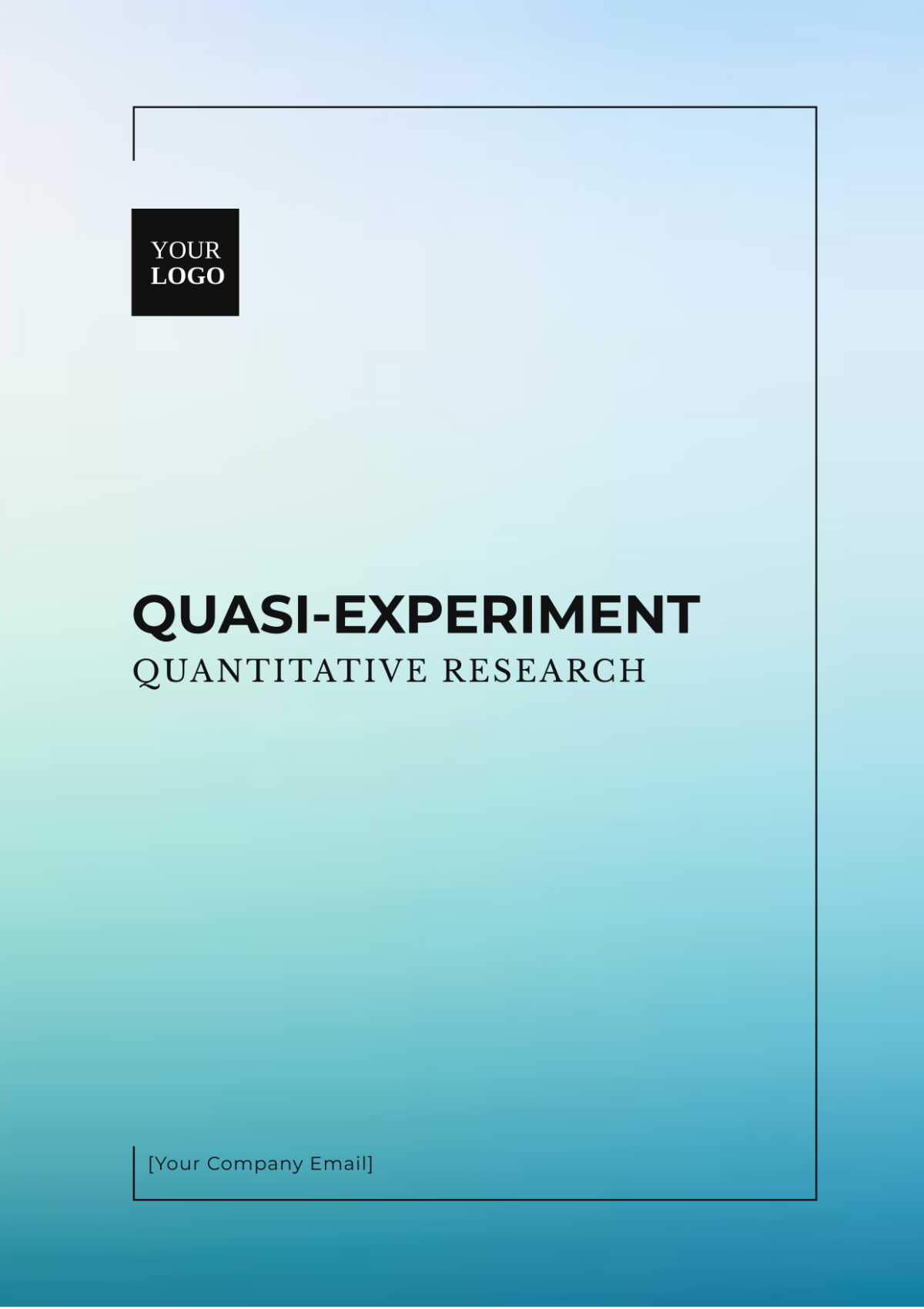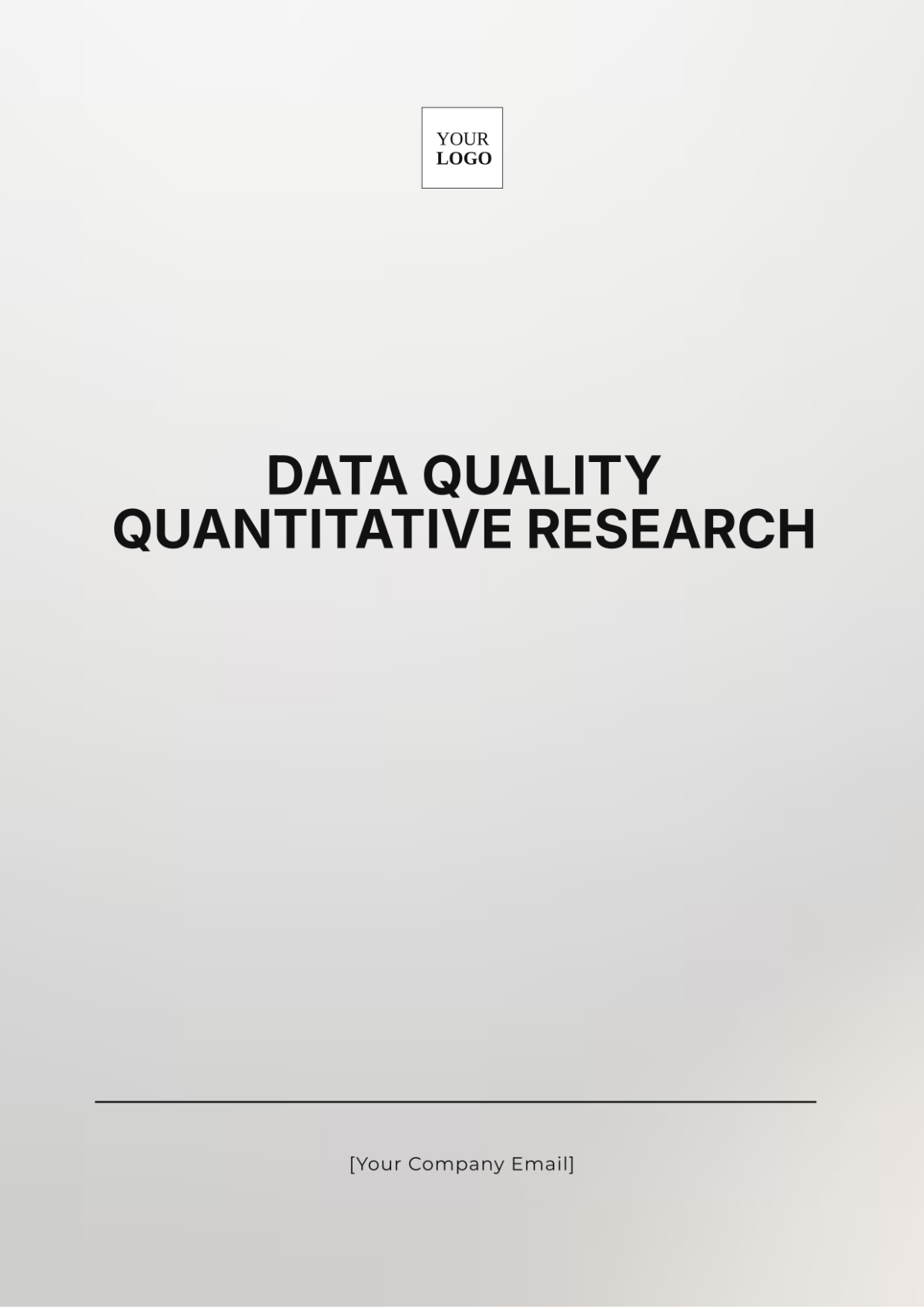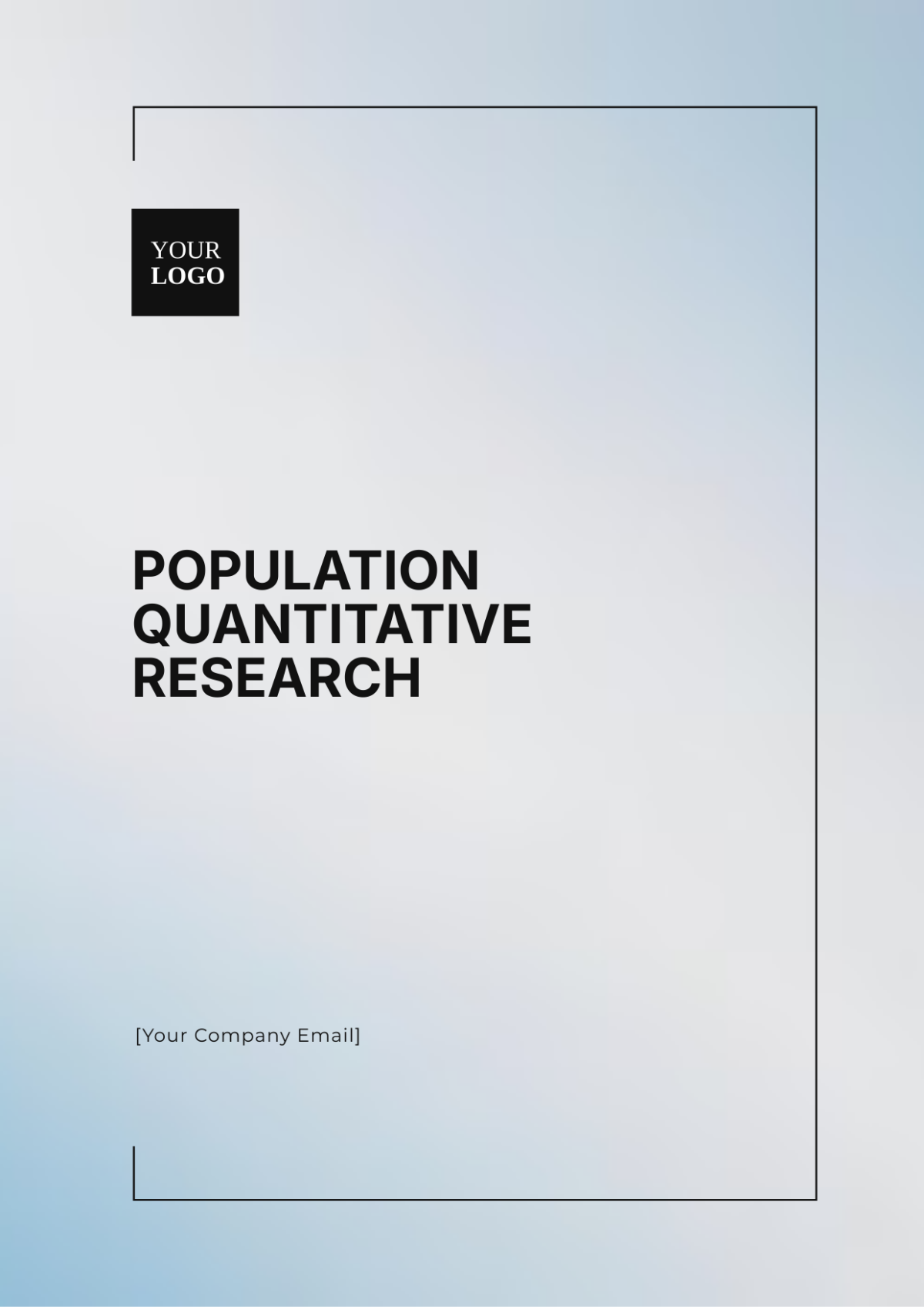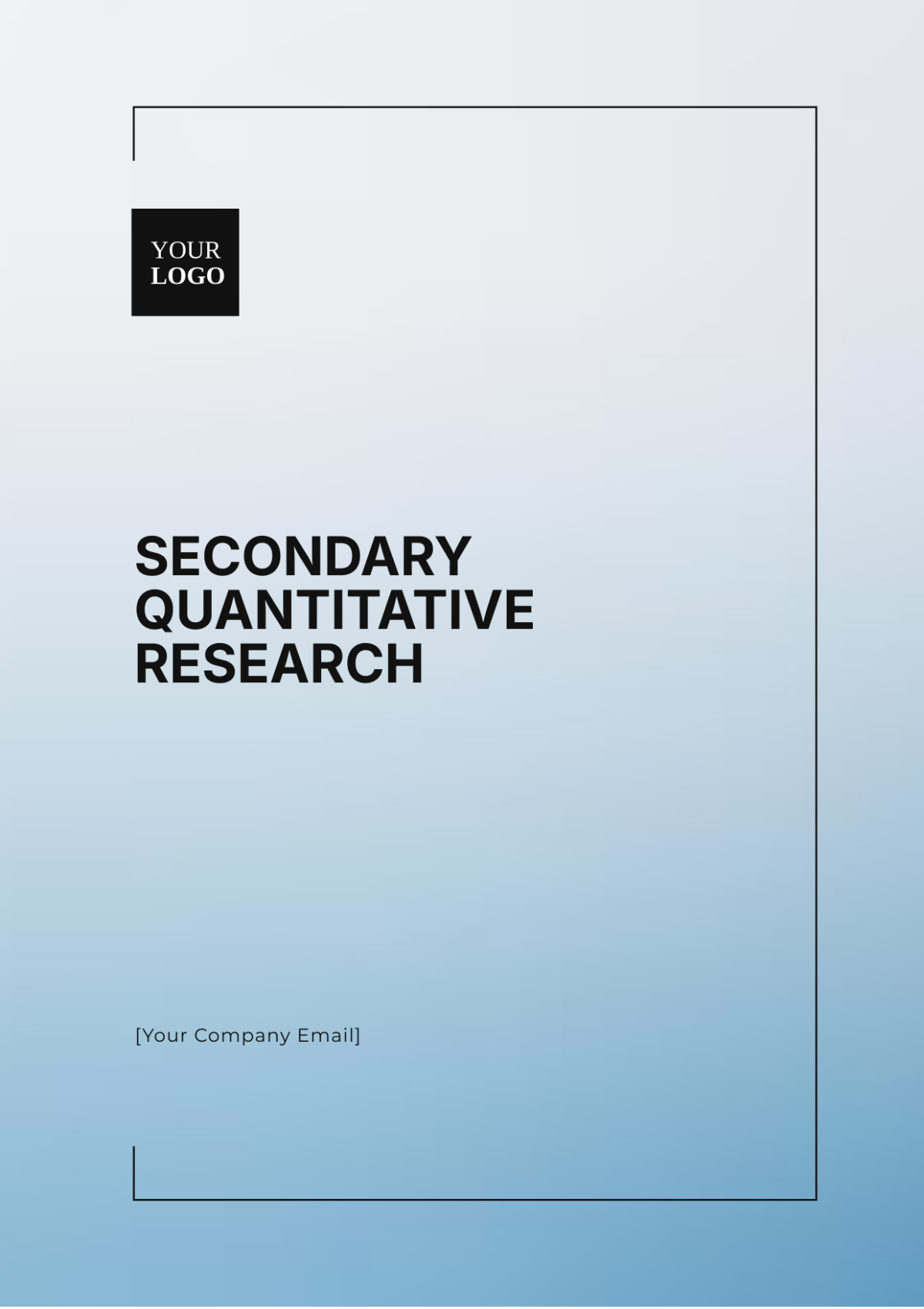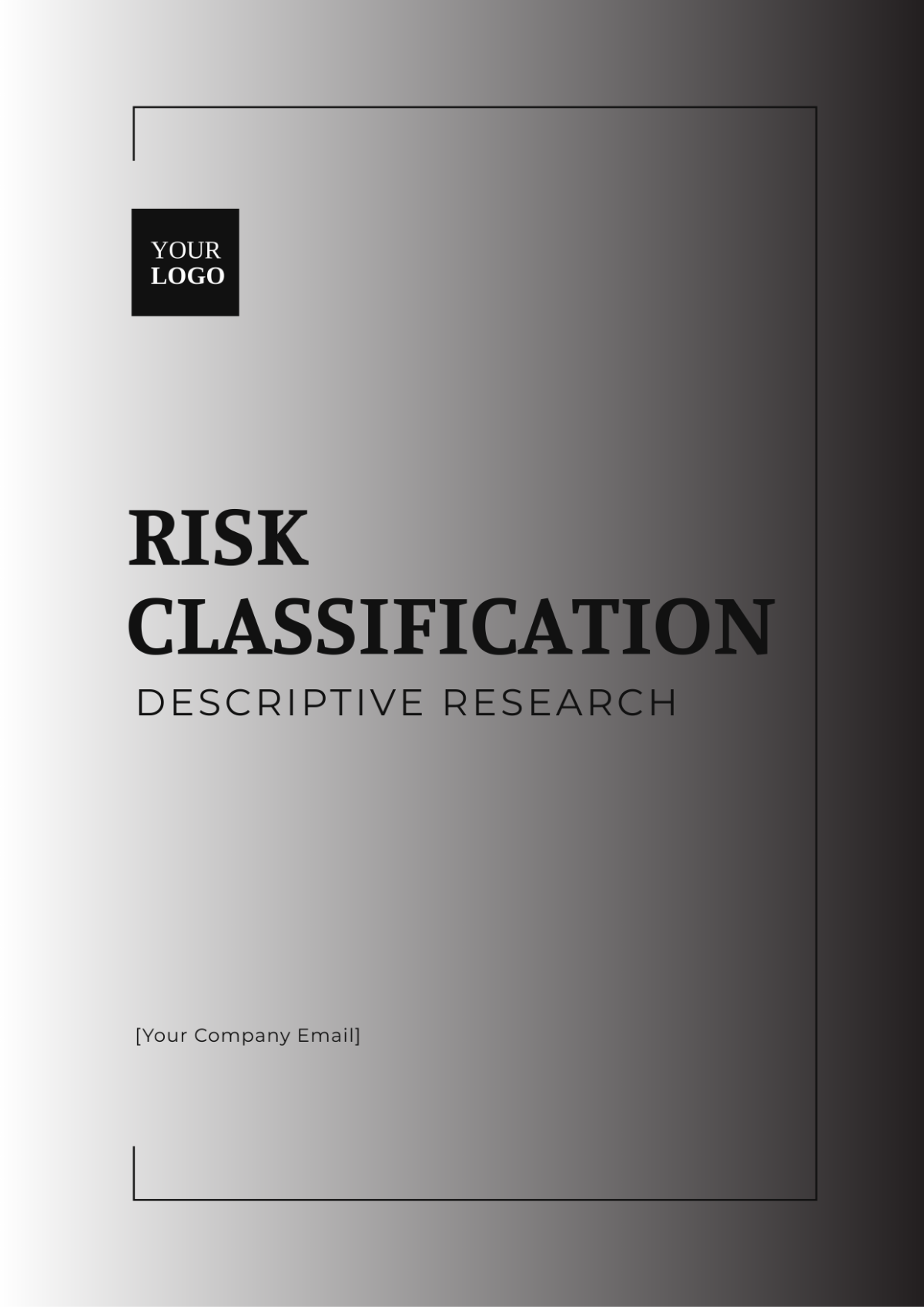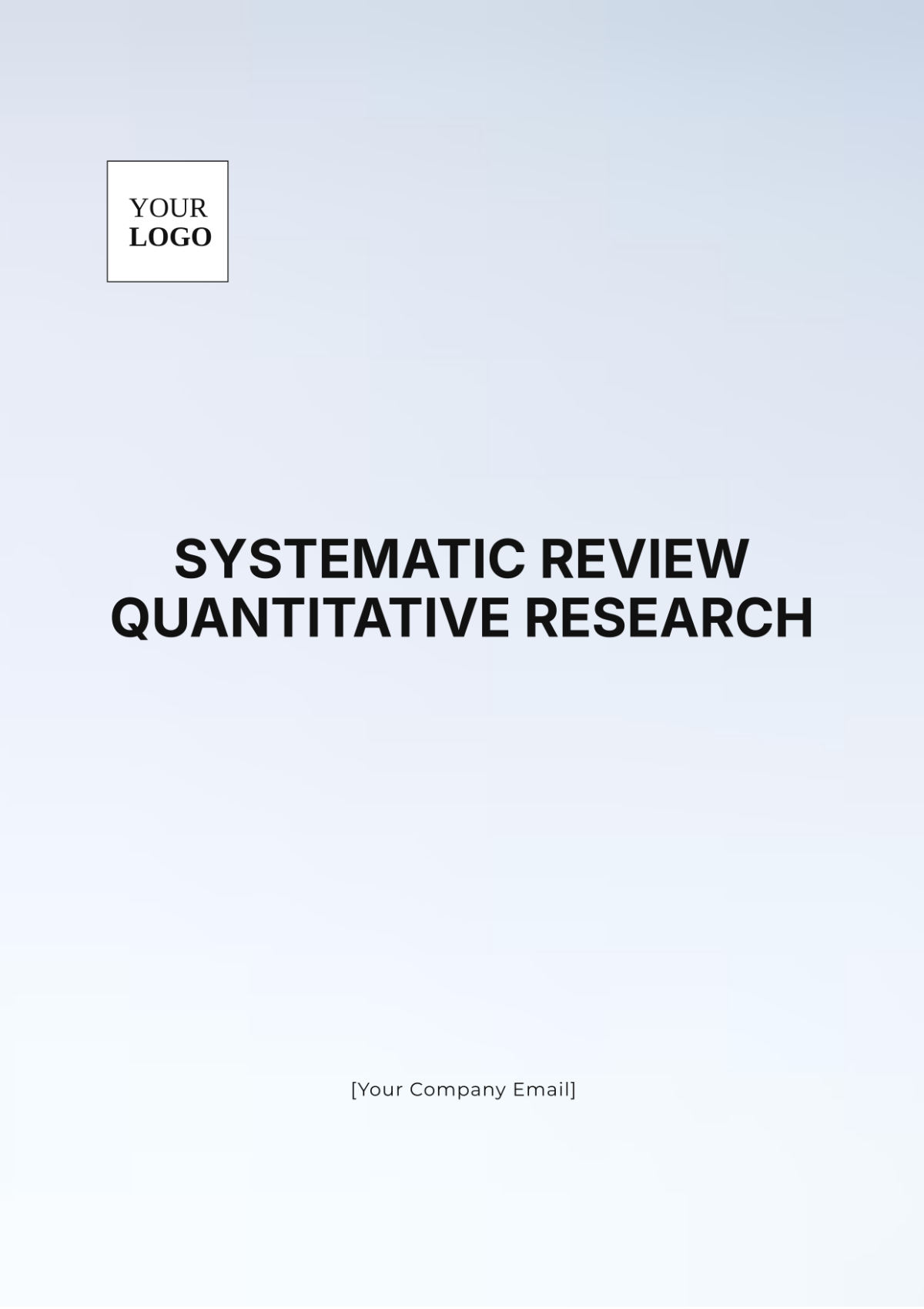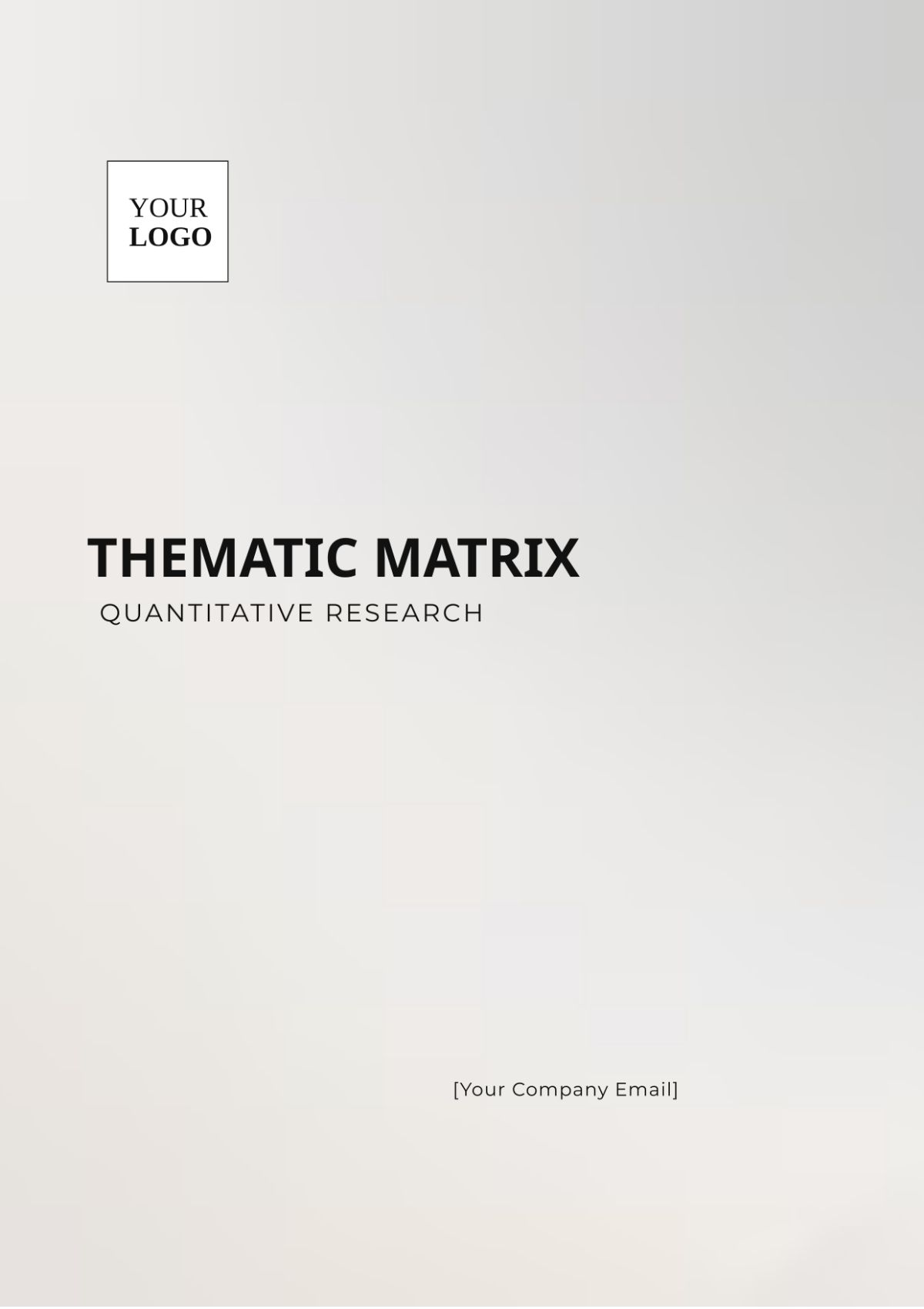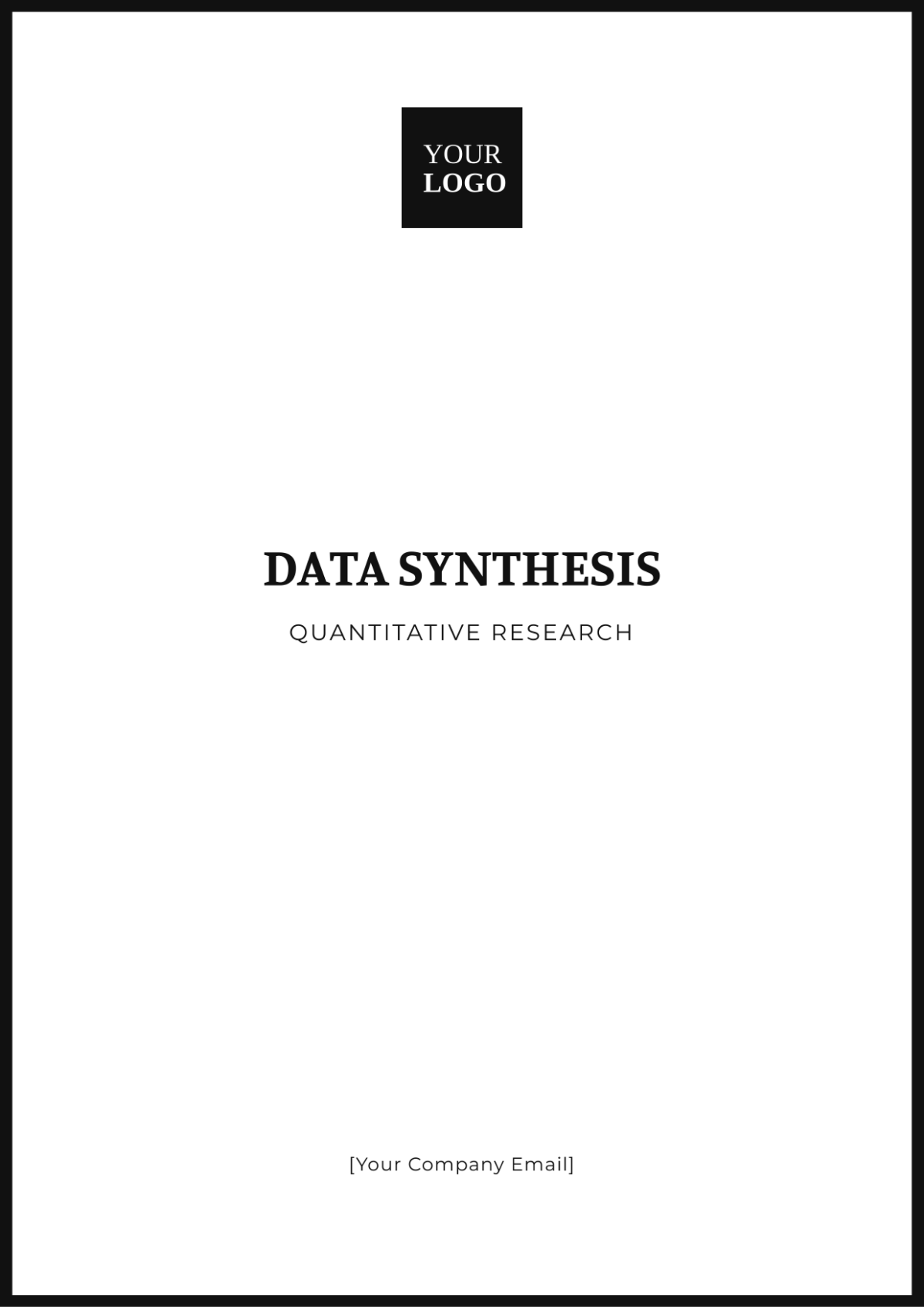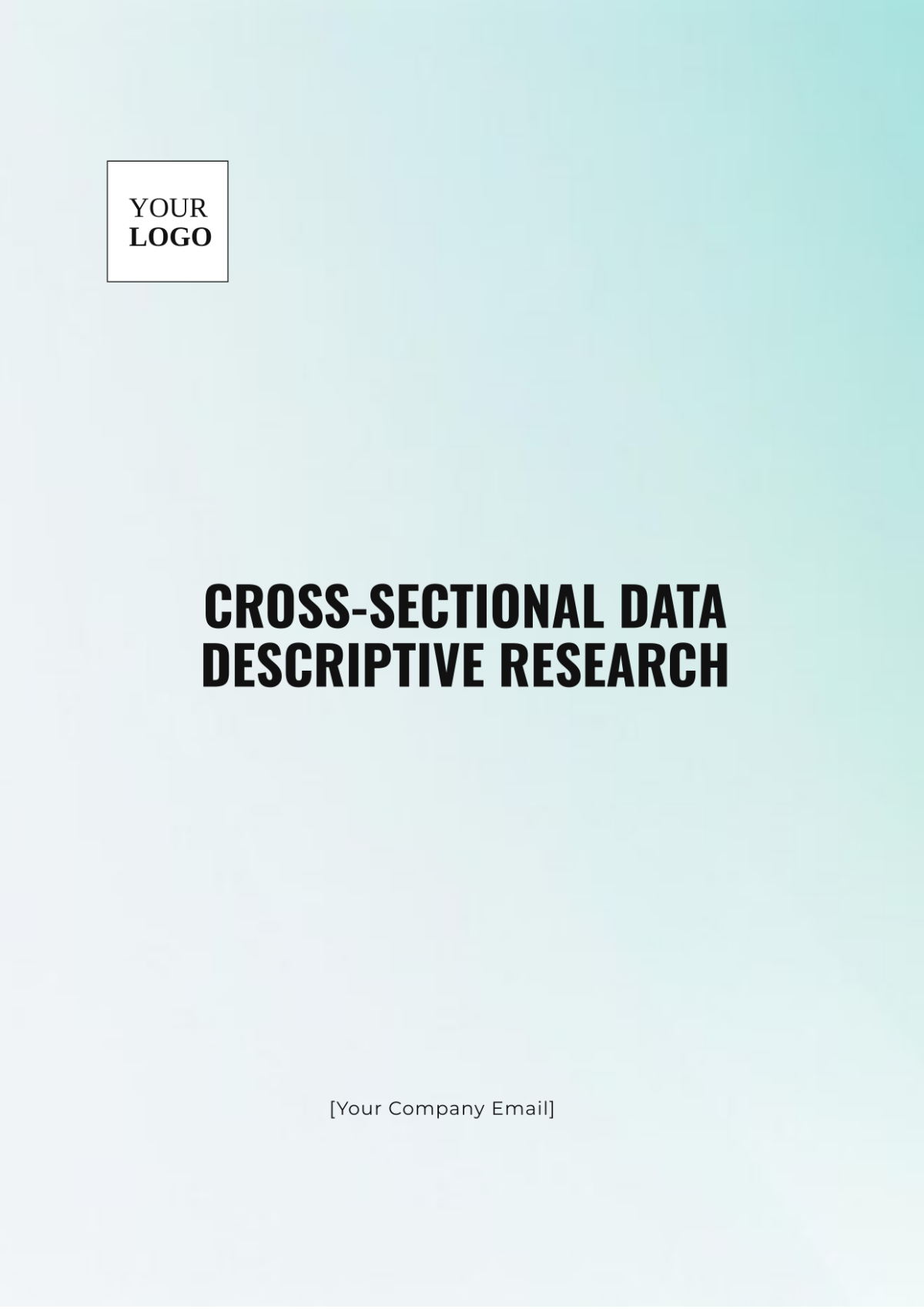Mixed-Environment Research Problem
Introduction
Urban air quality monitoring is increasingly critical due to escalating concerns about pollution and its detrimental effects on public health. Traditional air quality monitoring systems often rely on single-type sensors or data sources, which can constrain their accuracy and spatial coverage. This research investigates advanced methods to integrate diverse sensor technologies and data sources, aiming to enhance the precision and effectiveness of urban air quality monitoring.
Research Objectives
Analyze Sensor Performance: Evaluate the accuracy, reliability, and cost-effectiveness of different air quality sensor technologies, including electrochemical, optical, and metal oxide sensors.
Evaluate Data Integration: Assess the effectiveness of combining data from multiple sources, such as ground-based sensors, satellite data, and meteorological information.
Develop Hybrid Framework: Design and implement a hybrid monitoring framework that optimally integrates diverse sensor inputs to improve data accuracy and coverage.
Literature Review
Previous research has examined various sensor technologies and data sources:
Electrochemical Sensors: These sensors are widely used due to their affordability but may suffer from cross-sensitivity, affecting their accuracy for specific pollutants.
Optical Sensors: Known for higher accuracy in detecting particulate matter, optical sensors come with increased operational costs and complexity.
Remote Sensing Data: Satellite-based sensors provide extensive spatial coverage but lack the capability for real-time data collection.
Recent studies suggest that combining these technologies can address individual limitations. For example, integrating electrochemical and optical sensors has been shown to balance cost and accuracy, while satellite data can complement ground-based measurements by providing a broad spatial context.
Key Findings
Electrochemical Sensors: Offer a cost-effective solution but exhibit limitations in precision due to potential interference from other gases.
Optical Sensors: Provide high accuracy in measuring particulate matter but involve higher costs and more complex calibration procedures.
Satellite Data: Useful for wide-area coverage and long-term trends but lacks real-time capabilities and finer spatial resolution.
Methodology
Step 1: Sensor Selection
Electrochemical Sensors: Used for detecting gases like CO and NO2.
Optical Sensors: Employed for measuring particulate matter (PM2.5 and PM10).
Metal Oxide Sensors: Included for detecting volatile organic compounds (VOCs).
Remote Sensing Data: Integrated from satellites like Landsat and Sentinel for broad-area monitoring.
Step 2: Data Integration Techniques
Data Fusion Algorithms: Techniques such as Kalman filtering and Bayesian fusion will be used to merge data from different sensors.
Machine Learning Models: Models like Random Forest and Neural Networks will be trained to predict air quality and detect anomalies.
Statistical Analysis: Regression analysis and correlation studies will be conducted to evaluate the relationship between different data sources.
Step 3: Framework Development
Data Preprocessing: Includes normalization and calibration of sensor data.
Real-Time Data Streaming: Implementation of systems for continuous data acquisition and processing.
Anomaly Detection: Use of machine learning to identify and flag irregularities in air quality data.
Expected Outcomes
The research aims to develop a more accurate and comprehensive urban air quality monitoring system. The integration of multiple sensor technologies and data sources is expected to enhance data accuracy, improve spatial and temporal coverage, and provide a robust framework for real-time air quality assessment.
Conclusion
The integration of various sensor technologies and data sources presents significant opportunities for advancing urban air quality monitoring. By leveraging a hybrid approach, this research seeks to create a more effective and precise monitoring system that can better address the complexities of urban air pollution.
References
Smith, J. (2055). Advancements in Electrochemical Sensors. Journal of Air Quality.
Brown, T., & Green, H. (2053). Optical Sensors in Air Quality Monitoring. Environmental Monitoring Journal.
White, M., & Black, P. (2052). Data Fusion Techniques for Environmental Monitoring. Data Science Journal.


